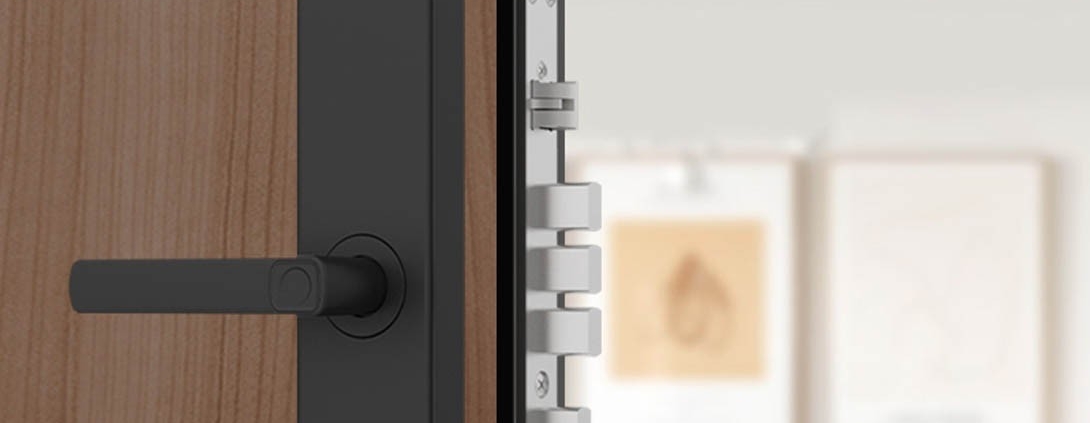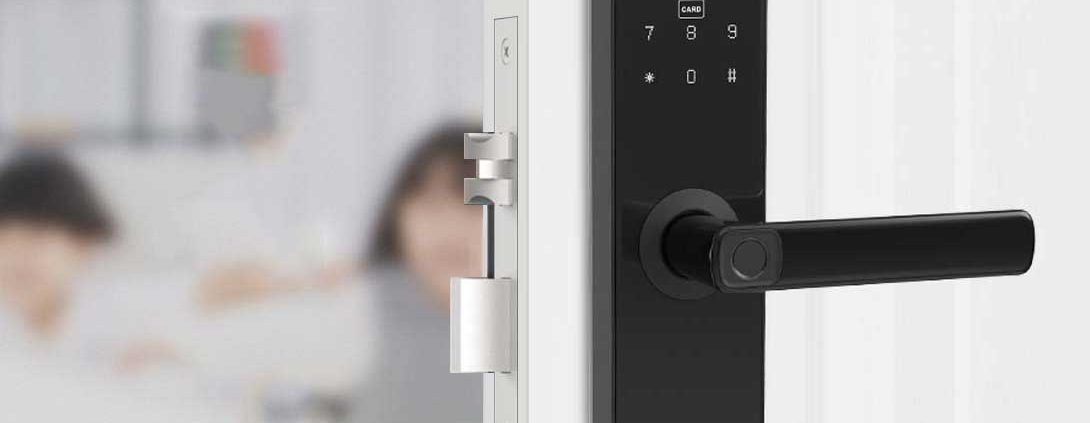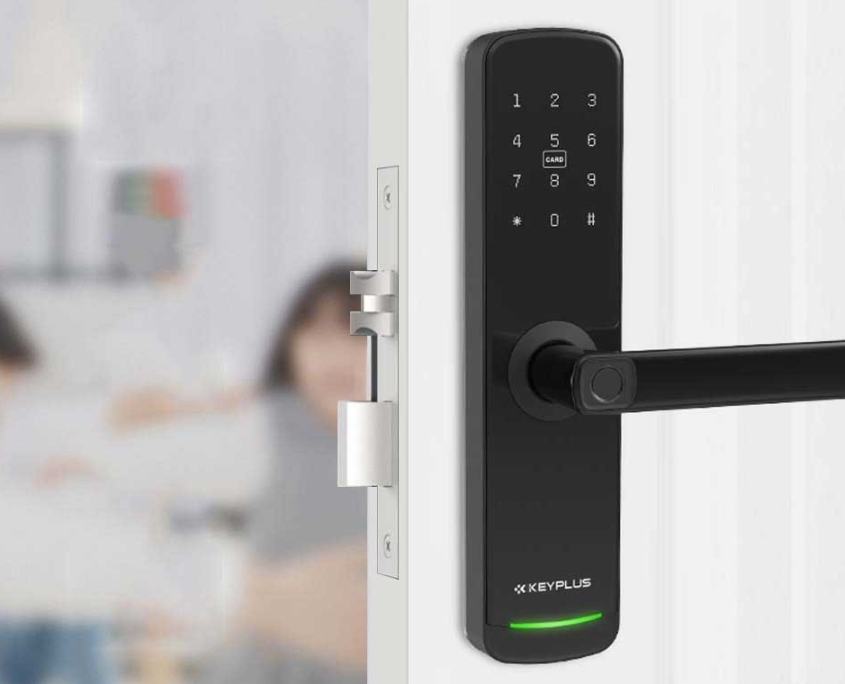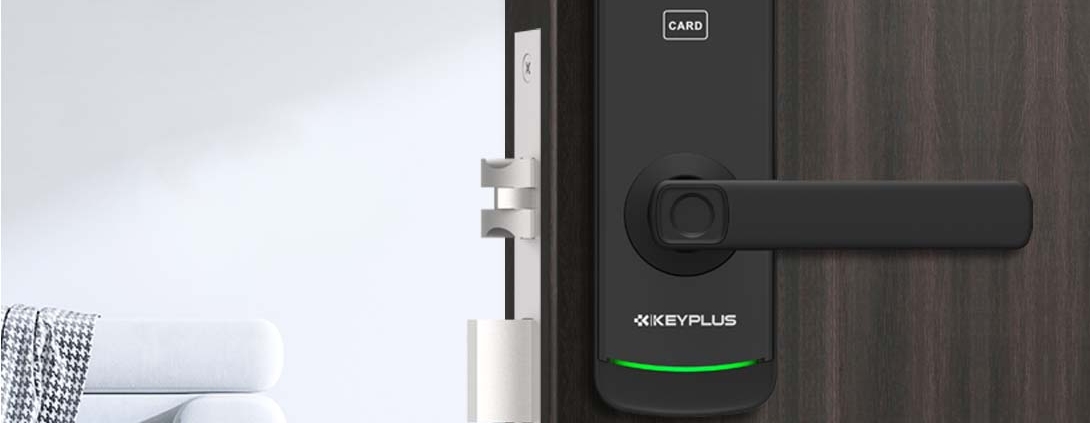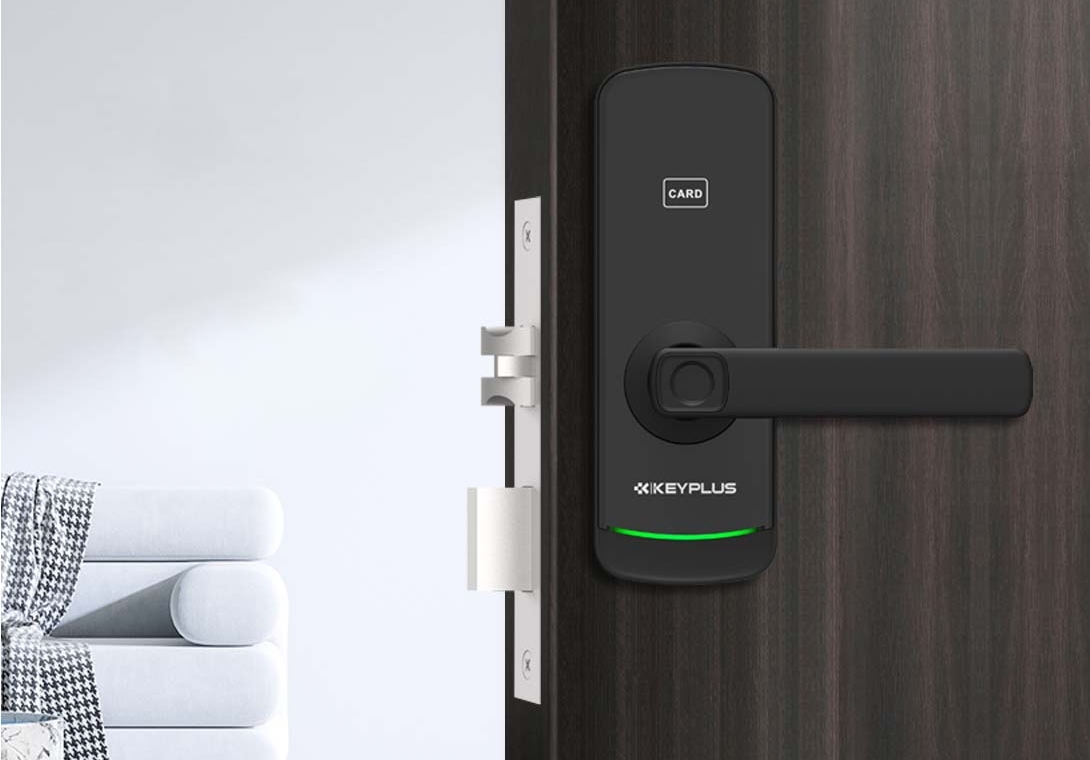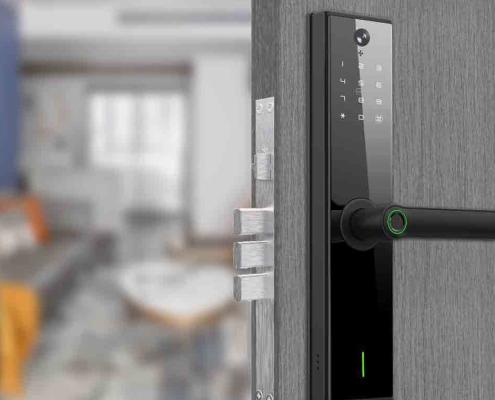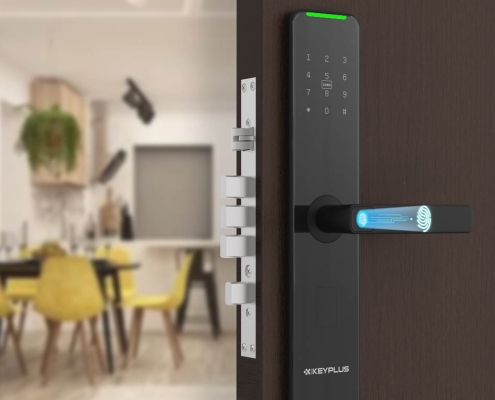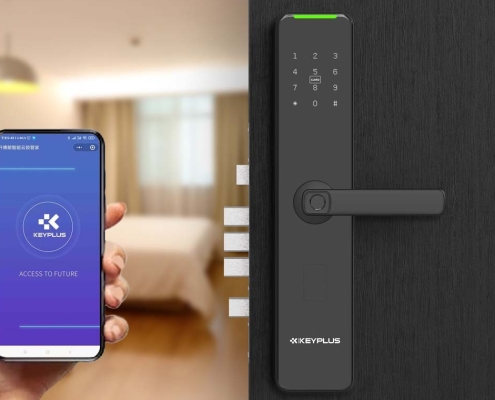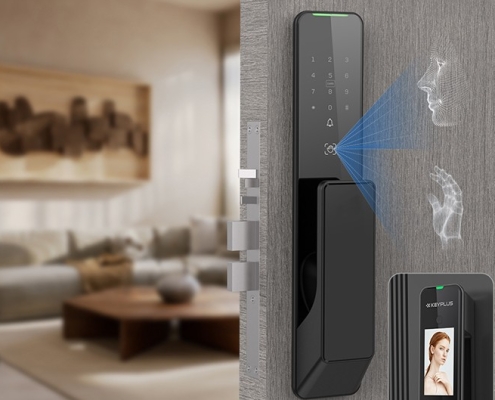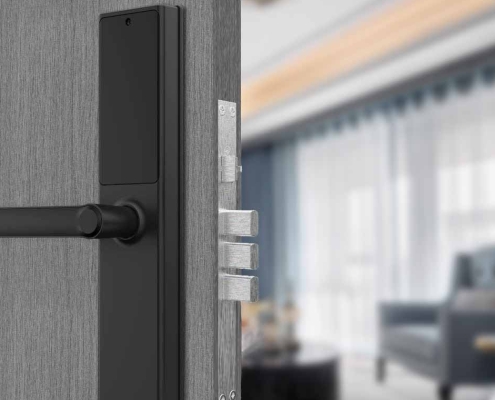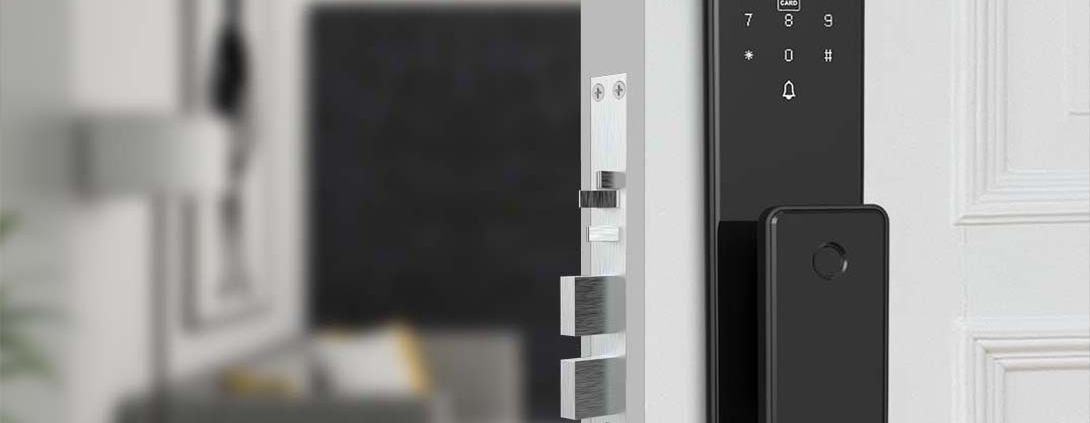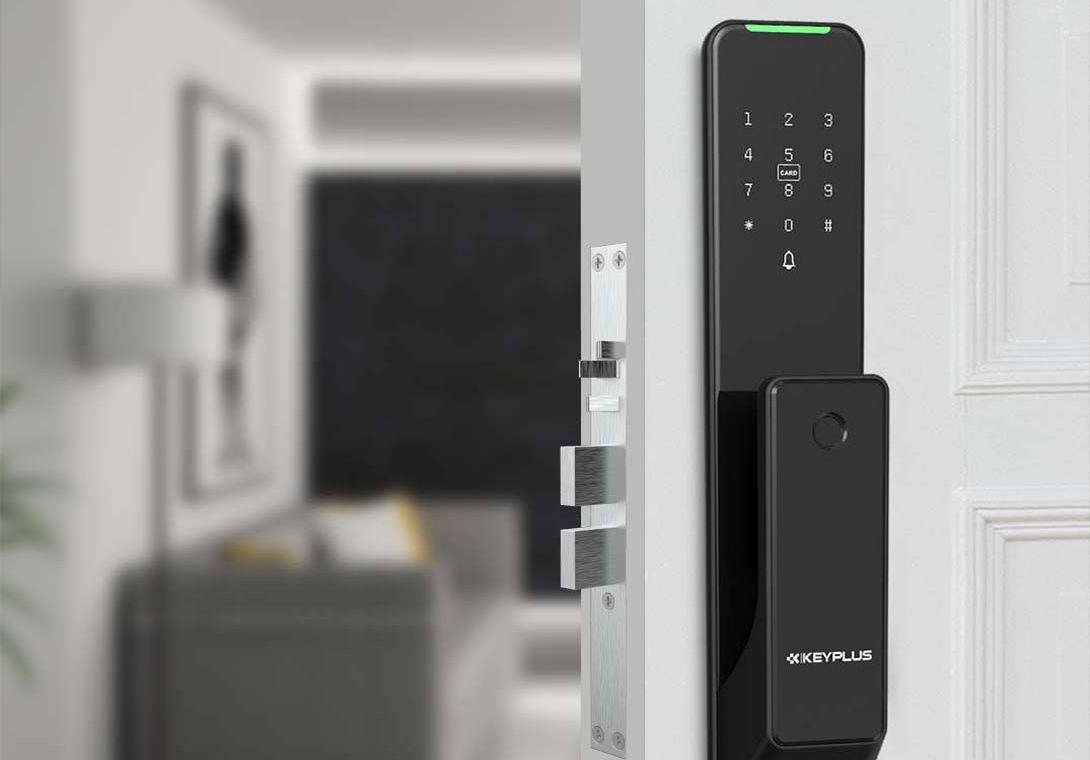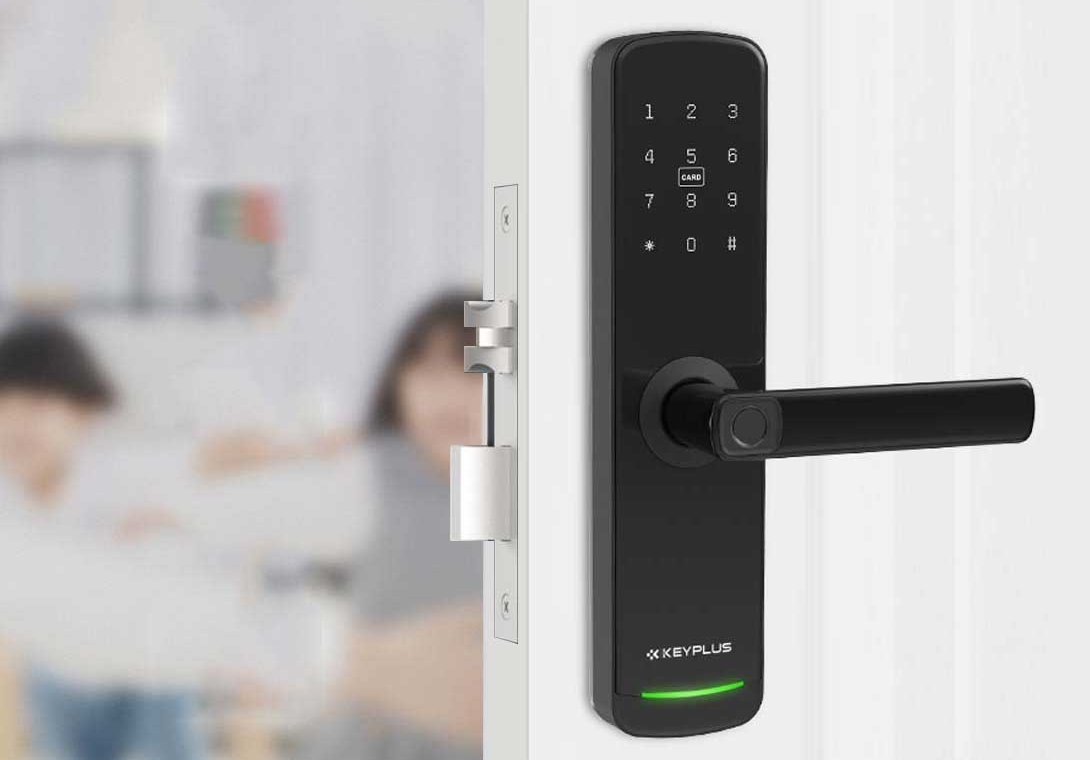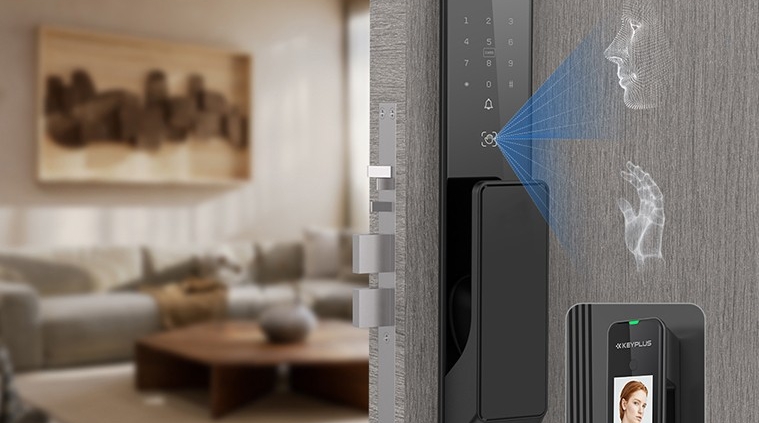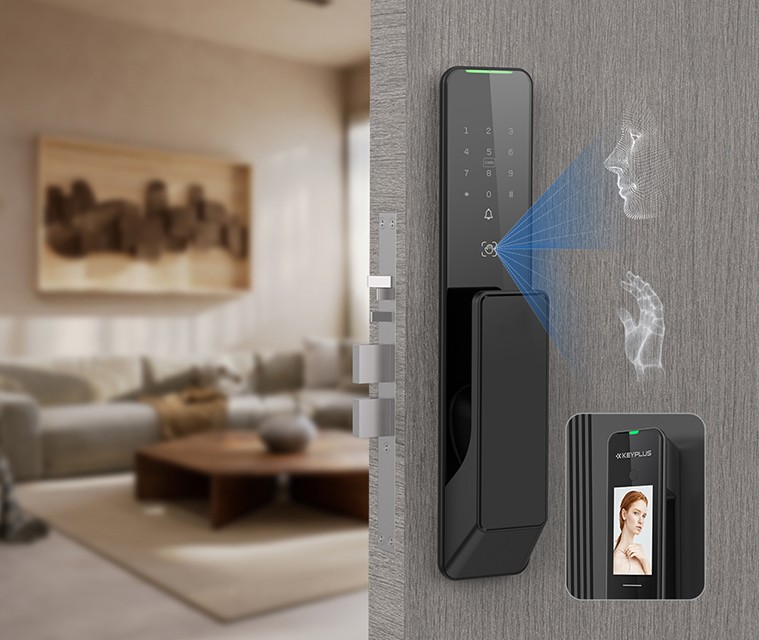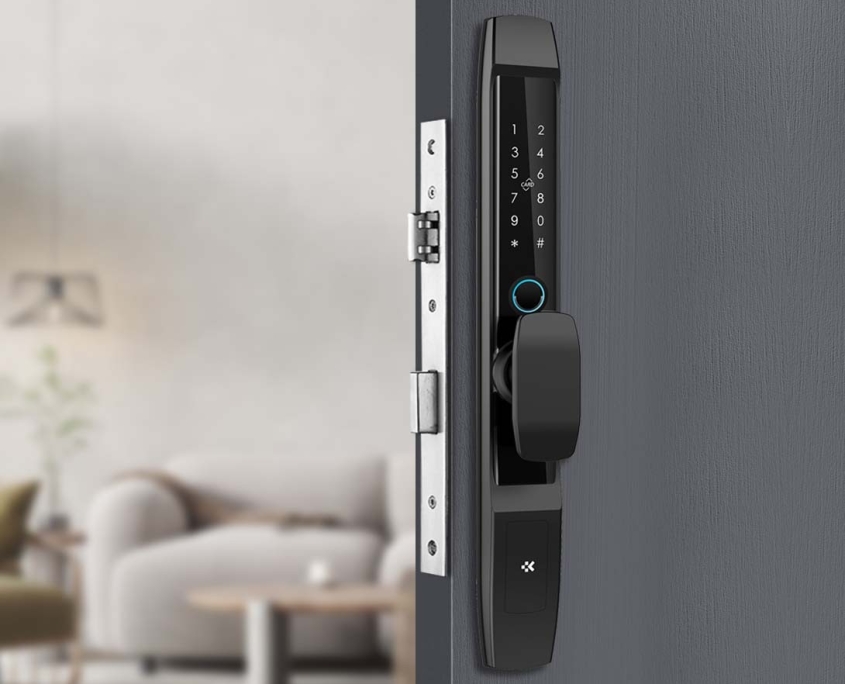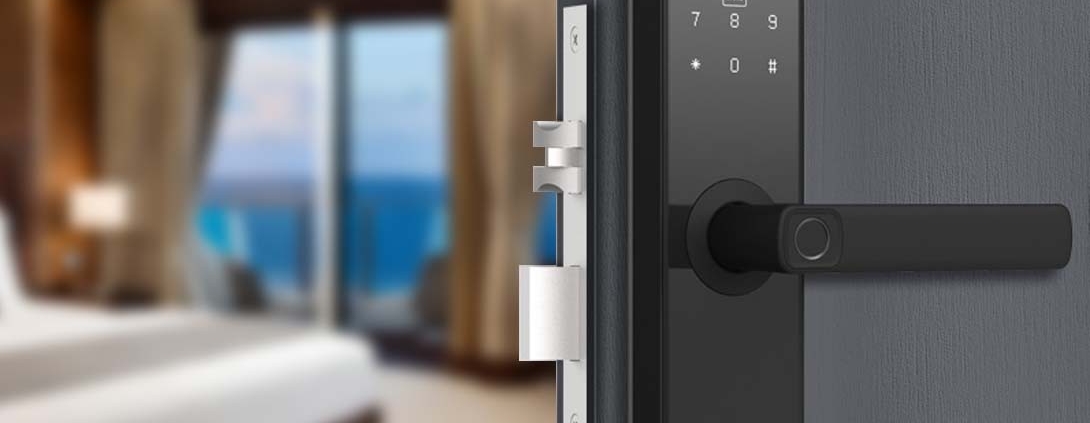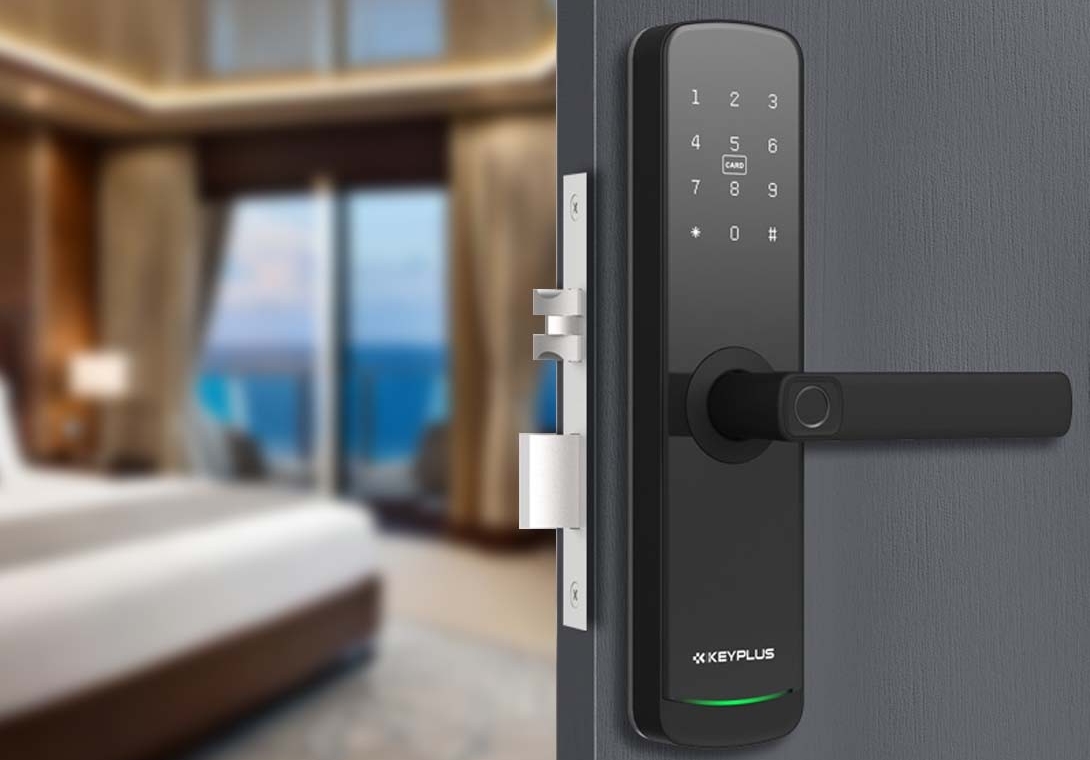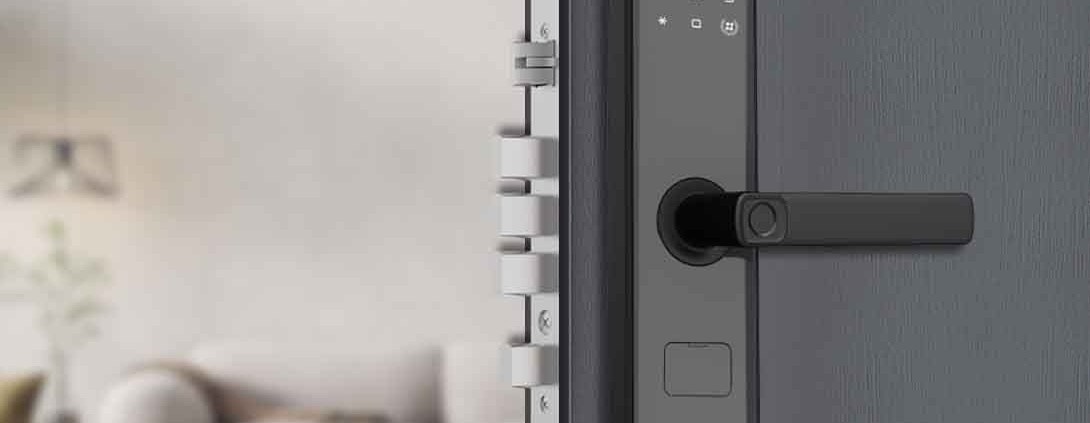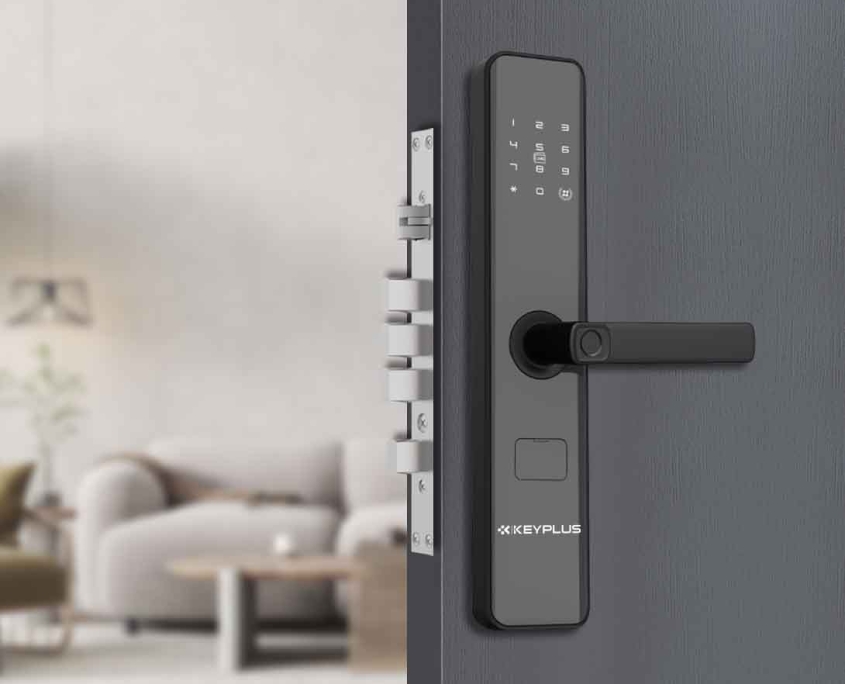For centuries, the deadbolt has been the gold standard for home security. But with the rise of smart home technology, smart locks are becoming a popular alternative.
Which one is truly safer?
This in-depth guide compares:
How smart locks and deadbolts work
Their security strengths and weaknesses
Hacking risks vs. physical break-in risks
Which is best for different situations
By the end, you’ll know whether a smart lock or a traditional deadbolt offers better protection for your home.
1. How Do Smart Locks and Deadbolts Work?
A. Traditional Deadbolt (Mechanical Lock)
-
Operates with a physical key.
-
Uses a bolt mechanism that extends into the door frame.
-
No electronic components—immune to hacking.
B. Smart Lock (Electronic Lock)
-
Uses Wi-Fi, Bluetooth, or Zigbee/Z-Wave for wireless control.
-
Can be opened via:
-
Smartphone app
-
Voice commands (Alexa, Google Assistant)
-
Keypad/PIN codes
-
Fingerprint or facial recognition (biometric models)
-
-
Often includes auto-locking and remote access.
2. Security Strengths: Smart Lock vs. Deadbolt
Deadbolt Security Advantages
No hacking risk (no electronics to exploit).
Strong against physical attacks (if high-quality, e.g., Grade 1 ANSI).
Works during power/internet outages.
Smart Lock Security Advantages
No physical keys (can’t be picked or duplicated easily).
Remote monitoring (get alerts if someone enters).
Temporary access codes (no need to copy keys for guests).
Auto-locking (never forget to lock the door).
3. Security Weaknesses: Where Each Lock Fails
Deadbolt Vulnerabilities
-
Lock picking/bumping (if low-quality).
-
Key theft/loss (someone can copy your key).
-
No activity logs (can’t track who entered).
Smart Lock Vulnerabilities
-
Hacking risks (Bluetooth relay attacks, Wi-Fi breaches).
-
Power dependency (batteries can die, leaving you locked out).
-
Firmware flaws (if not updated, can be exploited).
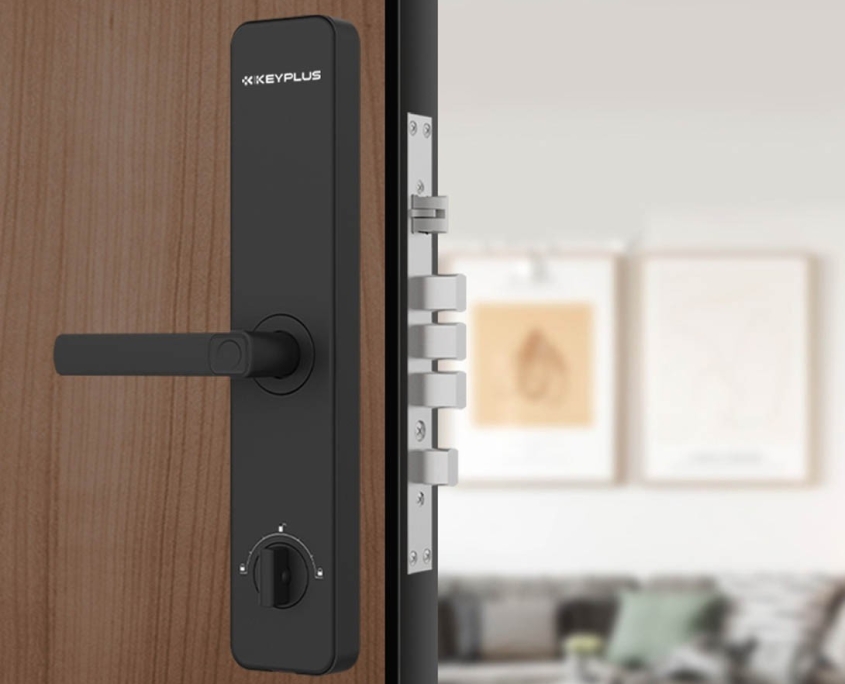
4. Real-World Break-In Methods Compared
Physical Attack (Deadbolt Weakness)
-
Lock picking (takes skill but possible with cheap locks).
-
Bumping (using a modified key to force the lock).
-
Kicking the door in (if the deadbolt isn’t reinforced).
Digital Attack (Smart Lock Weakness)
-
Bluetooth relay attacks (amplifying signals to trick the lock).
-
Wi-Fi hacking (if the network is unsecured).
-
App vulnerabilities (if the smartphone is compromised).
Which is easier for thieves?
-
Most burglars still prefer physical break-ins over hacking.
-
However, tech-savvy thieves may target weak smart locks.
5. Which Is Safer? It Depends on the Situation
Best for Maximum Security:
High-End Deadbolt + Smart Lock Combo**
-
Benefits:
-
Physical resistance (deadbolt)
-
Remote access & logs (smart lock)
-
Best for Convenience & Moderate Security:
Smart Lock with Strong Encryption**
-
Benefits:
-
Keyless entry
-
Temporary access for guests
-
Best for Budget & Simplicity:
Grade 1 ANSI Deadbolt
-
Benefits:
-
Nearly unpickable
-
No hacking risk
-
6. How to Make Your Lock (Smart or Deadbolt) More Secure
Deadbolt Security Upgrades
Install a strike plate with long screws (prevents door kicking).
Use a high-security keyway (Medeco, Mul-T-Lock).
Add a door reinforcement kit.
Smart Lock Security Upgrades
Enable two-factor authentication (2FA).
Use a strong Wi-Fi password (WPA3).
Disable auto-unlock in risky areas.
Pair with a security camera (to monitor access).
7. Verdict: Is a Smart Lock Safer Than a Deadbolt?
Smart Locks Win If:
-
You want remote access & keyless convenience.
-
You use strong encryption & 2FA.
-
You pair it with a reinforced door & camera.
Deadbolts Win If:
-
You prioritize physical security over tech.
-
You live in an area with high burglary rates.
-
You don’t trust wireless technology.
Best Solution? Use Both!
For maximum security, combine:
-
A Grade 1 deadbolt (for physical resistance).
-
A high-end smart lock (for remote control).
Final Thoughts
Smart locks offer modern convenience, while deadbolts provide tried-and-true security. The safest choice depends on your needs:
For tech-savvy users: A well-secured smart lock is safe enough.
For ultra-security: A high-end deadbolt is still the strongest.
For the best of both: Combine them for unbeatable protection.
Would you trust a smart lock over a deadbolt? Share your thoughts below!

